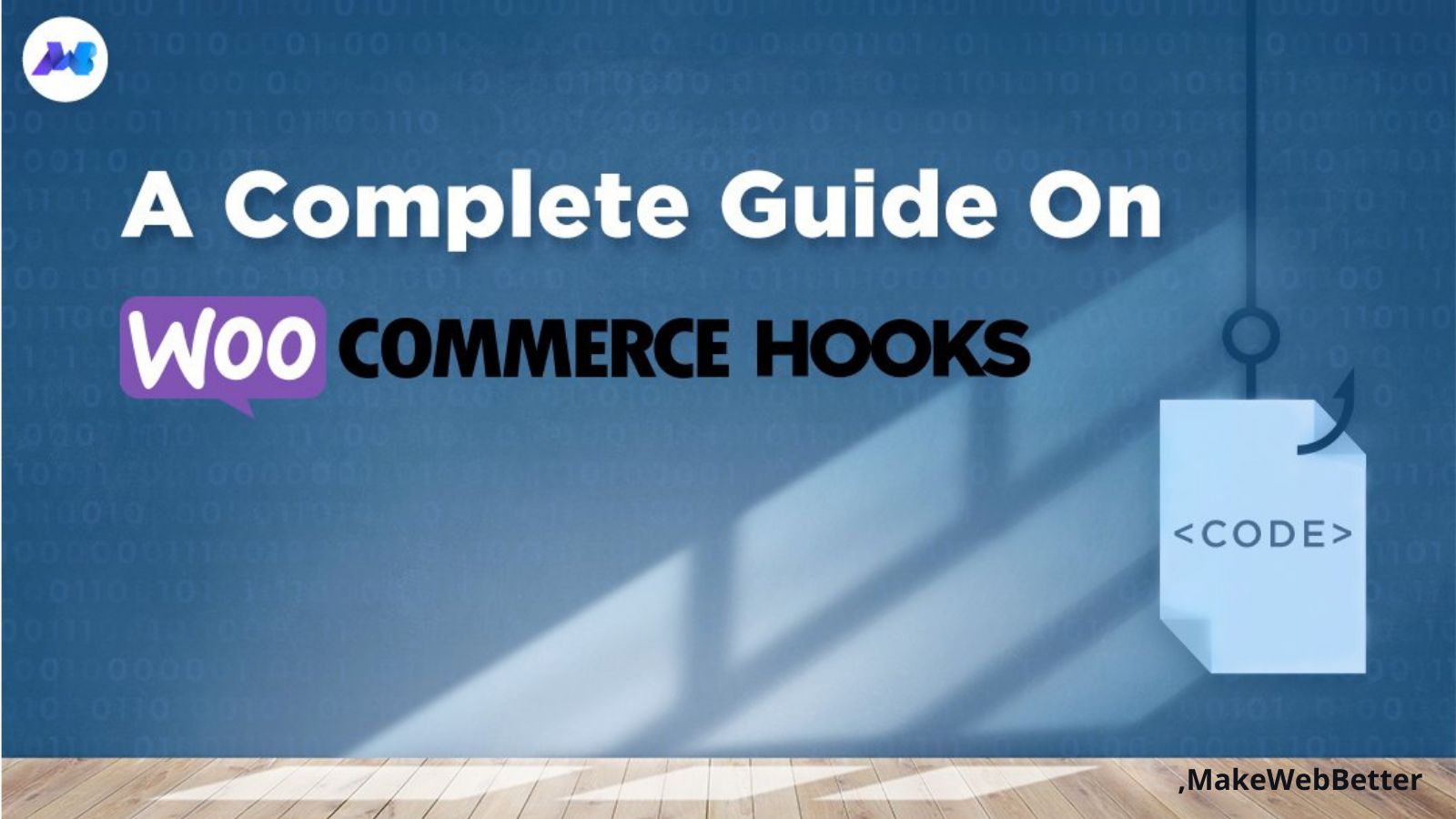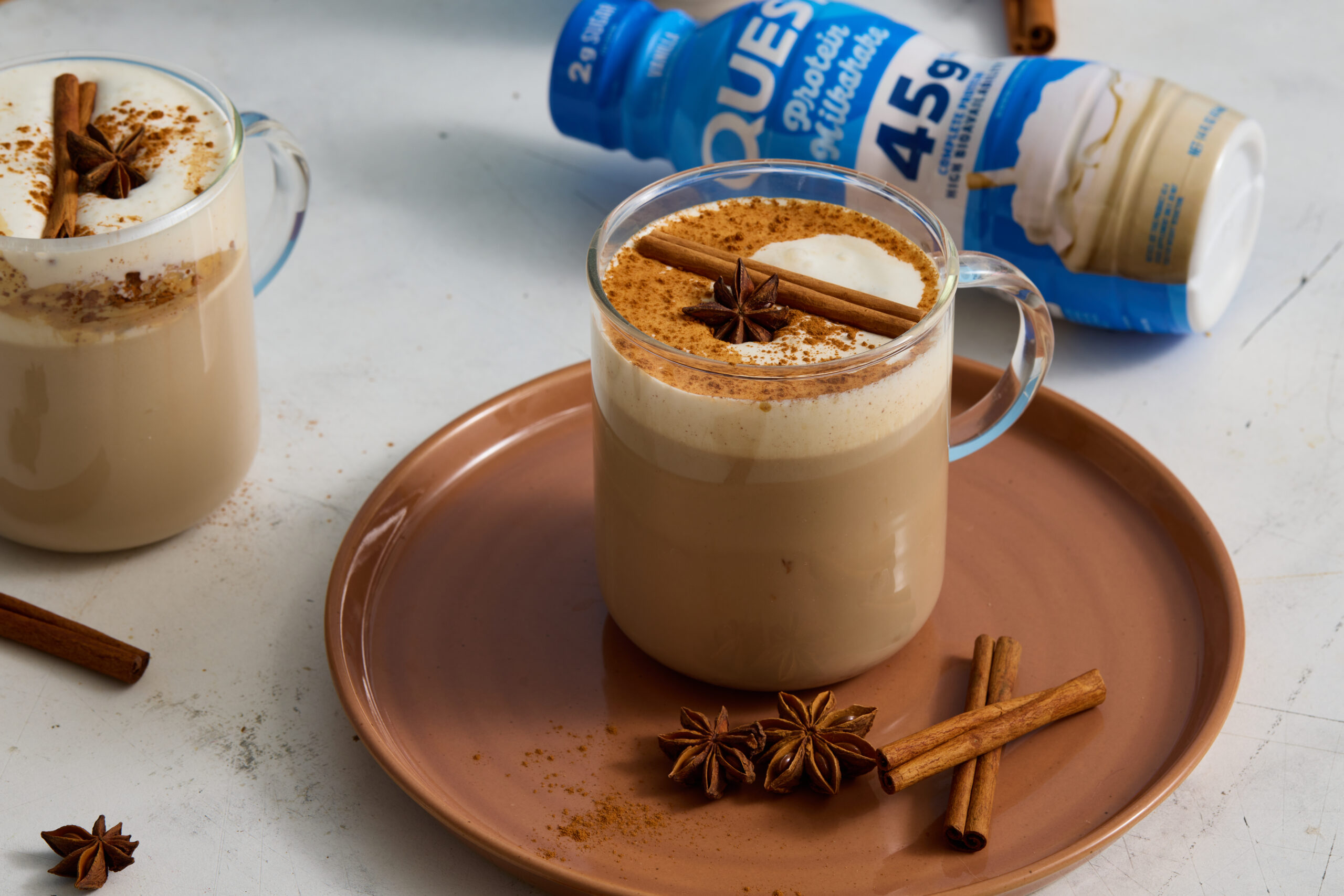A Complete Guide On WooCommerce Hooks
WooCommerce hooks are an integral part of WooCommerce store development. Designing a WooCommerce store without the proper use of WooCommerce hooks is limiting the true potential and possibilities of your online store. You may accomplish a structure, a base...


WooCommerce hooks are an integral part of WooCommerce store development.
Designing a WooCommerce store without the proper use of WooCommerce hooks is limiting the true potential and possibilities of your online store. You may accomplish a structure, a base of your online store, but adding extra essential features that your competitors might already have wouldn’t be possible unless WooCommerce hooks are used.
Since customization is the biggest strength of the WooCommerce store, its ability to let you change even the tiniest of features makes it a popular option for eCommerce business owners. Further, being open-source adds an additional reason to use the WooCommerce platform.
Hence, you must know all good ways to do a pro-level of customization.
Thousands of open source and premium WooCommerce plugins that we use for WooCommerce or WordPress customization are built using hooks.
They are the developer’s level of store customization.

Realizing their importance, I decided to write this complete WooCommerce hooks guide to introduce you to it and show you how to use them.
A general understanding of code will help you to better understand this article.
Let’s start with the definition.
What are WooCommerce Hooks?
WooCommerce hooks are a way to add additional content to the WooCommerce default file without changing the main code. It is useful in extending or improving the features of the core program without really manipulating it.
Therefore, it’s a great tool for developers.
Just as WordPress hooks allow you to optimize WordPress and extend the features of the WordPress websites, WooCommerce hooks give a deeper level of store customization. They allow you to add and filter minute details to your WooCommerce store pages and processes.
The hooks we are discussing are named after normal hooks that we used in day-to-day life because they both do the same nature of work. WooComemrce hooks hold additional programs while normal hooks hold objects.

WooCommerce provides several default WooCommerce hooks for developers. They can be used whenever needed. Further, the themes have their own set of hooks such as the Storefront hooks theme.
Here are some WooCommerce hooks for single-product-page.

These are the hooks present by default on the single-product page (a page dedicated to one specific product) of a WooCommerce store.
Now, these hooks are used to add anything from text, paragraph, image, logo, or anything at the same place where the hooks are present on the page (shown in the above image) without making any modification in the main file of the WooCommerce.
Why Are Hooks Unignorable in WooCommerce?
Hooks are unignorable in WooCommerce stores because they make the store exactly the way you want. They contribute to the customization one level ahead of that possible by plugins.
Even though you can get that same customization by making changes in the core program, and add the exact feature that you would be doing with hooks, then why is hooks into this role?
Why are hooks needed if we could modify the core program? Why is manipulating the core program a bad idea?
To visualize this, imagine your room wall which you want to decorate with scenery of sea-waves. You decided to invite your artist friend with the brand new paint-brush and color. He did the best art on the wall and got you the best scenery you wanted.
Great!
But the very next day, your father got transferred and you and your family are moving to the next city. A new house and a new room for you.
What about the scenery you just got on your wall? Is there any way you can take this with you to your new house?
Well! You can’t take the whole wall with you! Neither wall-art can be pulled out!
And that’s why making changes directly into the core program is a bad idea.
Without hooks, it will all get messed up when there is any change or update in the core program.
So, instead of directly painting on the wall, if you had that painting on canvas using a hook. You could have easily managed the change or update without any trouble.
Type of Hooks With Example?
WooCommerce hooks are of two types. These are:
Action Hooks Filter HooksThis classification is based on how these hooks work. Let’s learn about them in detail with examples.
Action Hooks:
Action hooks are the ones using which you can add something new to the main file. It can be anything of your choice such as text, image, icon, paragraph, numbers, etc. These hooks allow you to perform an action on the core code.

Filter Hooks:
Filter hooks are the ones that let you modify an existing feature in a WooCommerce store in the way you want by choosing one set among the several possibilities. They allow you to change the existing behavior of the content.
Filter hooks do not add anything new, but they allow you to filter the data out of different possibilities. And, that’s how they got their name.
For example, using filter hooks, you can change the products per searches from 1-12 of your choice (1-5 or 1-9)

WooCommerce Hooks Resource
As I have quoted before, WooCommerce already comes with a huge number of hooks of its own. These hooks allow admin to access specific corners of WooCommerce pages for customization.
So what are those hooks? And, how can we find them?
To check the full list of WooCommerce hooks, Click Here.
But to see them directly on the WooCommerce pages, the admin or developer can take the help of plugins such as “Show hooks“.
This plugin adds a new menu “Show Hooks” in the vertical menu bar of the WordPress dashboard.
Once you click on show hooks, the available hooks of that very page will be displayed.

This way you could find out the most suitable hook for yourself and use it to add the required content through action hooks or change behavior through filter hooks.
Syntax Of WooCommerce Hook
There is a specific rule for using these hooks. These rule or syntax for both types of hooks contain two things:
Name of the hook Name of the functionWe already have identified hooks using the “ShowHook” plugin and now all we need is to define the function.
A function is a self-contained module of a code that performs a specific task. A function takes in data, processes it, and results in a value as a result.
The rule or syntax of action and filter hooks are:
Action Hook

The function is defined as:

Filter Hooks

The function is defined as:

Filter hooks must have a return of value.
With this syntax, we can use hooks to add and modify content on our WooCommerce store.
How to Use Hooks?
So far we have explored hooks definition, their types, and syntax; let’s now add function code and use these hooks to add something new or filter existing features.
Here is a code for both action hooks and filter hooks.
Action Hooks
add_action( ‘woocommerce_single_product_summary’, ‘woocommerce_template_single_title’, 5 );
function woocommerce_template_single_title() {
the_title( ‘<h1 class=”product_title entry-title”>’, ‘</h1>’ );
}
Filter Hooks
add_filter( ‘woocommerce_product_price_class’, ‘change_class_for_price_wc’ );
function change_class_for_price_wc ($class_name){
$class_name .= ‘additional-price-class’;
return $class_name;
}
Note:- To use these codes, you can do that either in your active theme’s functions.php or in a separate plugin’s file.
These codes will add respective functions at the place of the defined hook.
In the next section, we will learn to use hooks without writing code, simply with the help of the plugin.
[Bonus] A Simpler Way to Add Content Using HookMeUp
Coding sucks!
And, neither every store-owner is a developer nor they can afford developers every time.
So, we have another easy way to customize the WooCommerce store using hooks without touching coding; all by using the plugin “HookMeUp“
With this, using hooks turns far easier. But, not every hook is accessible using it; hopefully, all those hooks that make sense can be.
Installation and activation — the same as every other plugin.
To use it:
Go to Customize.

A page will open up. Click on the “WooCommerce Hooks” menu.


Once you click on the WooCommerce Hooks, a list of pages will appear as shown on the right side of the above image.
This plugin allows you to access specific WooCommerce hooks, from those listed pages.
Let’s do it and see how it works.
Consider our present product which looks like.

This is a single-product-page and there is no on-demand customization done. All we have is the product image, product name, description, and other things that come with WooCommerce for every WooCommerce product.
Now let’s give it a more worthy look, and make it more sales promising.
First, let’s check the available Hooks, which we can access using this plugin.

We will use four of these hooks.
woocommece_before_single_product woocommerce_before_add_to_cart_form woocommerce_after_add_to_cart_form woocommerce_shareThese are the things we would be adding using these hooks respectively.
Back to product categories link The free shipping threshold value Payment gateways logo Link to the refund policy of the store.To do it
From the left panel, click on the down arrow of the listed hooks. An editor panel will appear.
Use the editor to add text, link, media, table, and modify them in whatever way using the available option.
Finally, after editing, our product page will look like this:

Conclusion
So, after reading this guide on WoCommerce hook; you know a developer’s level of store optimization.
Now, you can access the targeted location of your store from the product page, the home page, categories, cart, payment to every single page of your store, and add required features to that location using hooks.
You don’t need plugins for every little feature?
Further, what makes these hooks so useful is that they remain unaffected after the update of the theme or main files.
I hope this article was helpful. If there is anything else that you would like to ask, you can ask in the comments section.
Note: Special thanks to WooCommmerce experts of MakeWebBetter, who contributed to this article.

 AbJimroe
AbJimroe 
































